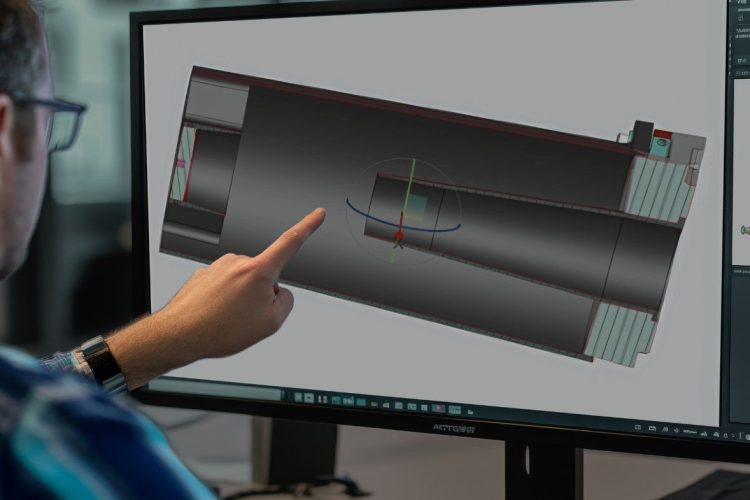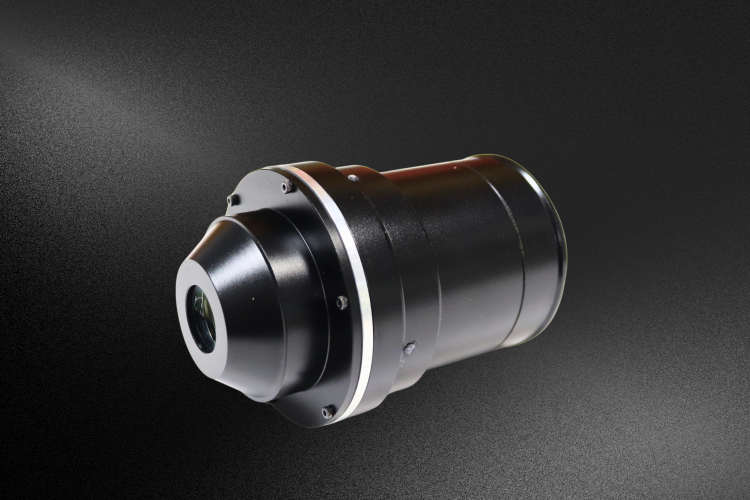Key Takeaways In ion trapping experiments, precision optics are critical for delivering UV laser excitation and collecting ion fluorescence efficiently. This application note details the design, manufacturing process, and practical performance of a custom microscope objective for ion trapping with a long working distance (≥52 mm) and high numerical aperture (NA ≥ 0.48). The system […]










